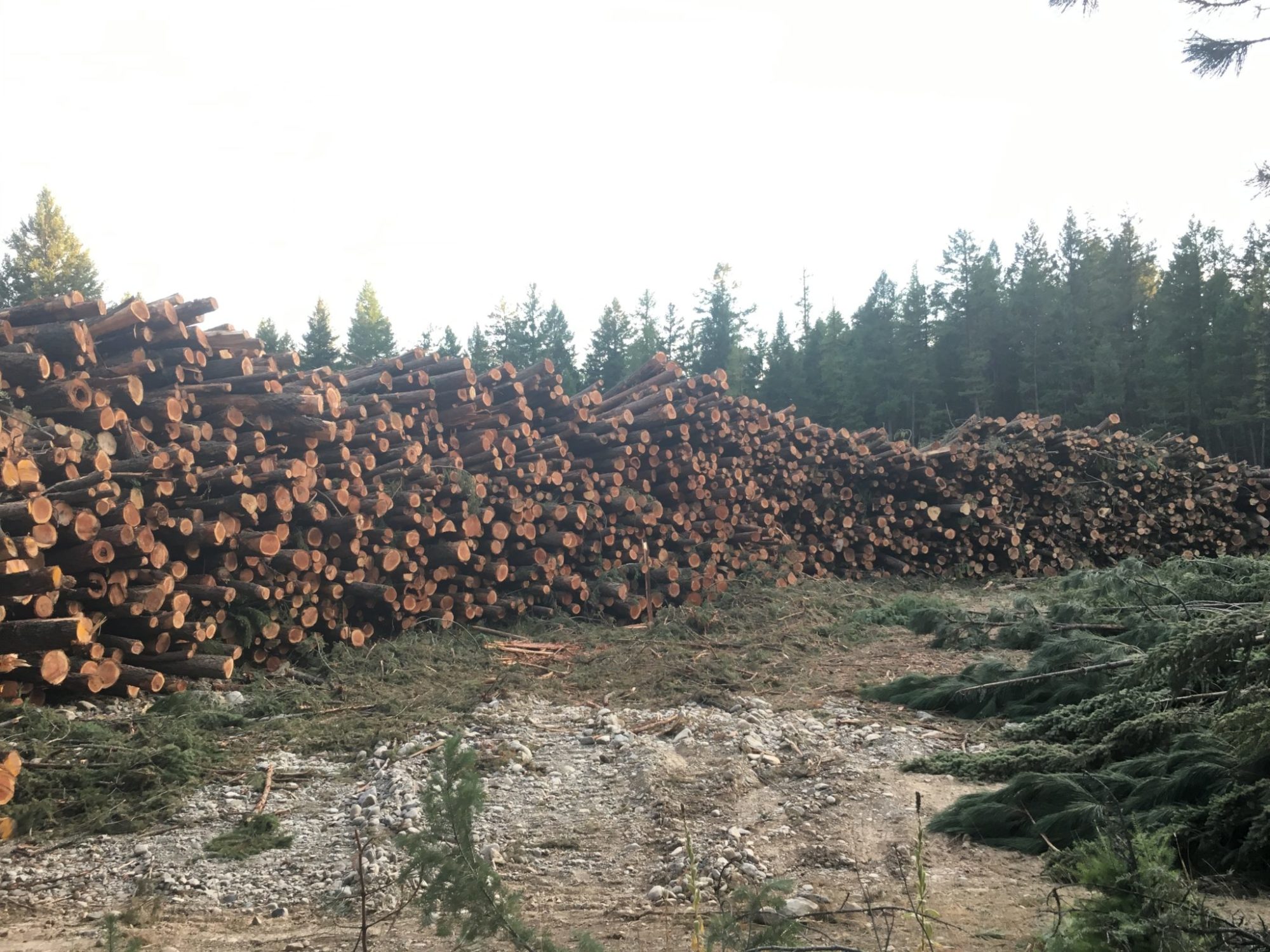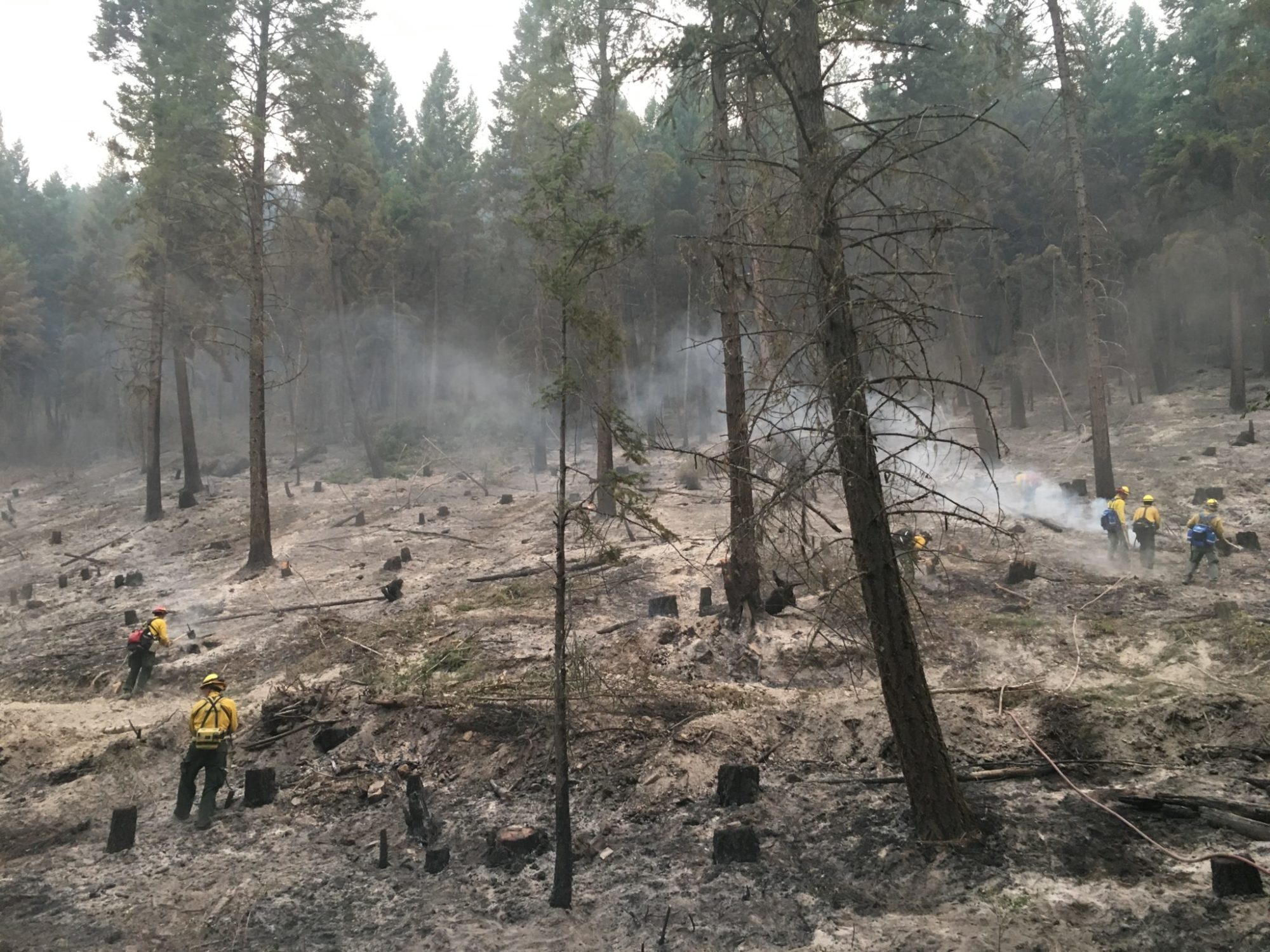Traveling on his own time (and on his own dime), congressman Jeff Duncan and his wife paid a visit to Montana during the August recess of the U.S. Congress.
During their trip, the Duncans toured the U.S.-Canadian border near Eureka – where firefighters from all across the country are currently battling the 5,112-acre Gibralter Ridge fire.
As of this writing, the blaze is only 27 percent contained.
“As a policymaker, I wanted to learn,” Duncan told us. “I wanted to show appreciation for the firefighters’ efforts to protect our resources and private property, too.”
The Gibraltar Ridge fire is one of several conflagrations currently consuming vast tracts of land in Big Sky Country – threatening private property as well as inundating surrounding regions with thick clouds of hazardous smoke.
In Montana, the Lolo Peak fire has consumed 37,246 acres and is only 31 percent contained, meanwhile the Rice Ridge fire has consumed 22,427 acres and is only 16 percent contained. The Sapphire Complex fire has consumed 38,921 acres acres – but is halfway contained. The Sunrise fire has consumed 25,761 acres but is 63 percent contained.
Dozens of other fires of various sizes – and levels of containment – blaze on across the state.
You don’t hear about many of them (often you don’t hear about any of them), but as of this writing there are more than 400 wildfires currently burning in the United States – most of them caused by lightning strikes.
(Click to view)

(Via: Provided)
According to Duncan, poor federal policies are creating difficulties for those battling these blazes – not to mention hamstringing their efforts to prevent forest fires in the first place. This often creates greater environmental hazards than the ones well-intentioned environmentalists sought to neutralize in the first place.
“There are proven management practices which can – and do – mitigate loss and allow for better fire management should lightning or something else cause a fire,” Duncan told us.
Unfortunately, those practices aren’t the ones being advanced by the federal government, which has embraced policies championed by “environmentalists and people who move from city to rural (areas) and thwart good management practices,” Duncan says.
Duncan was especially critical of the Northwest Fire Plan of 1994 – a controversial environmentalist measure enacted during the administration of former president Bill Clinton.
Intended to save the northern spotted owl, this sweeping new regulatory expansion has had catastrophic effects on America’s timber industry – dramatically reducing yields and resulting in thousands of lost jobs.
“Sawmills closed. Logging businesses closed. Truck sales and repair shops shuttered. (The) whole economy was hurt,” Duncan said.
It also adversely impacted deer and elk populations in the region – an unintended environmental consequence.
(Click to view)

(Via: Provided)
“There has to be a balance between conservation, resource utilization and common sense,” Duncan told us.
South Carolina is no stranger to the consequences of poor fire mitigation policies. In the spring of 2009, the state’s largest wildfire in more than three decades ravaged Horry County – destroying nearly eighty homes and causing millions of dollars in damage.
“The local area had not allowed State Forestry Commission to properly manage that state forest – prohibiting prescribed burning to control undergrowth because they didn’t want the smoke,” Duncan told us.
During his trip to Montana, Duncan and his wife visited a night shift briefing for the Gibraltar Ridge fire.
“We had a chance to interact with the firefighters – (to) really get a good feel for the monumental efforts taken in these mountain terrain fires,” he said.
Duncan also traveled to the front lines of the Gibraltar Ridge fire, where he noted how those battling the blaze were required to employ so-called “Minimum Impact Suppression Tactics” to combat the spread of the fire.
Here are some additional pictures he provided us from his visit …





